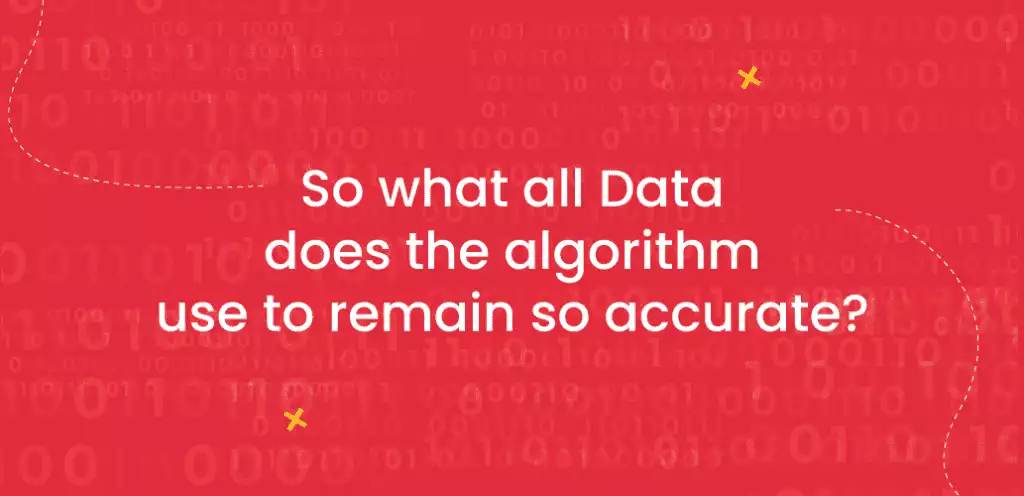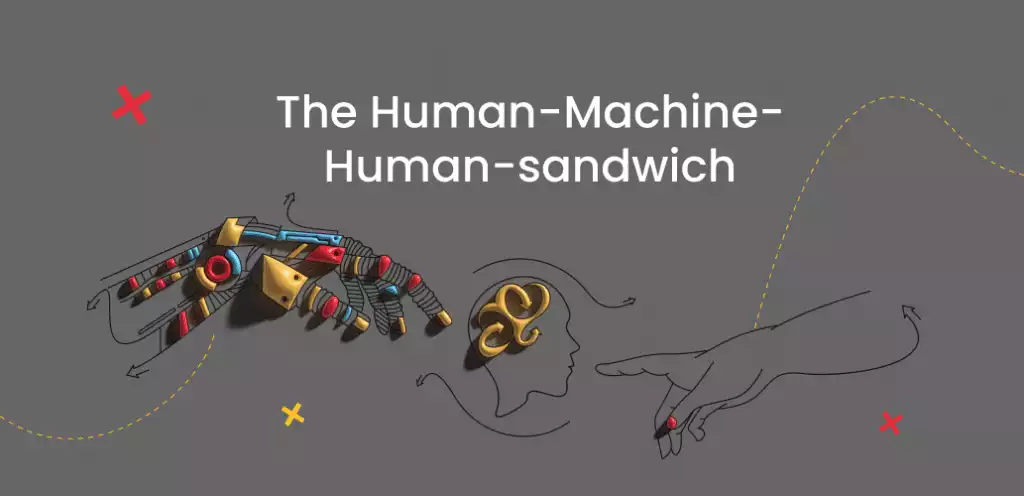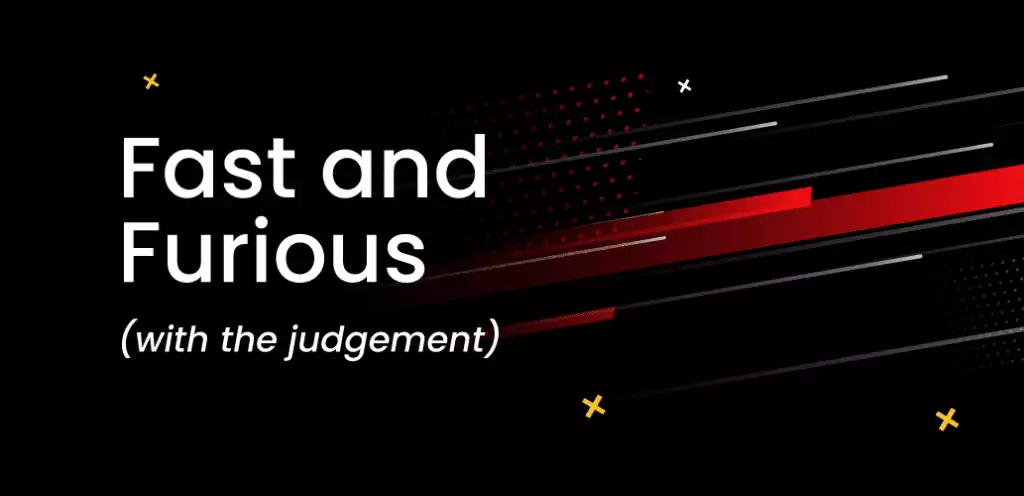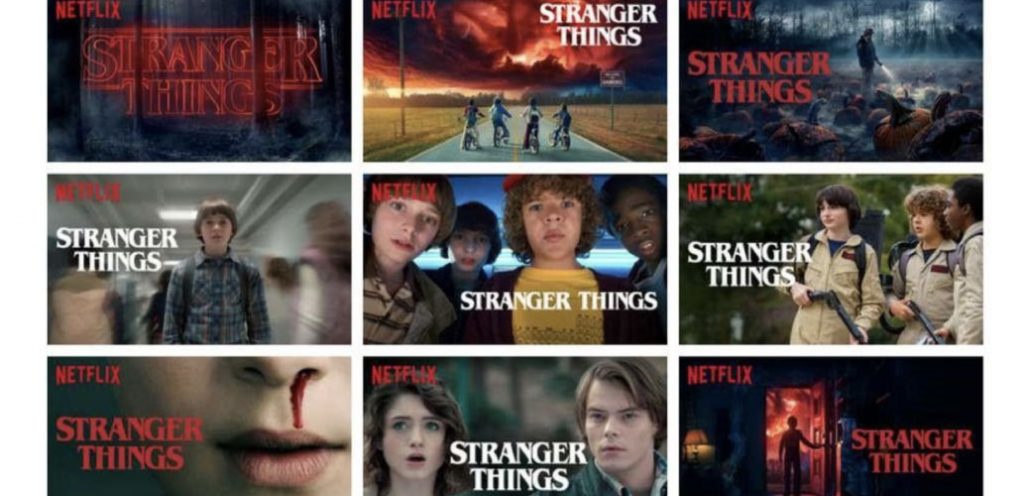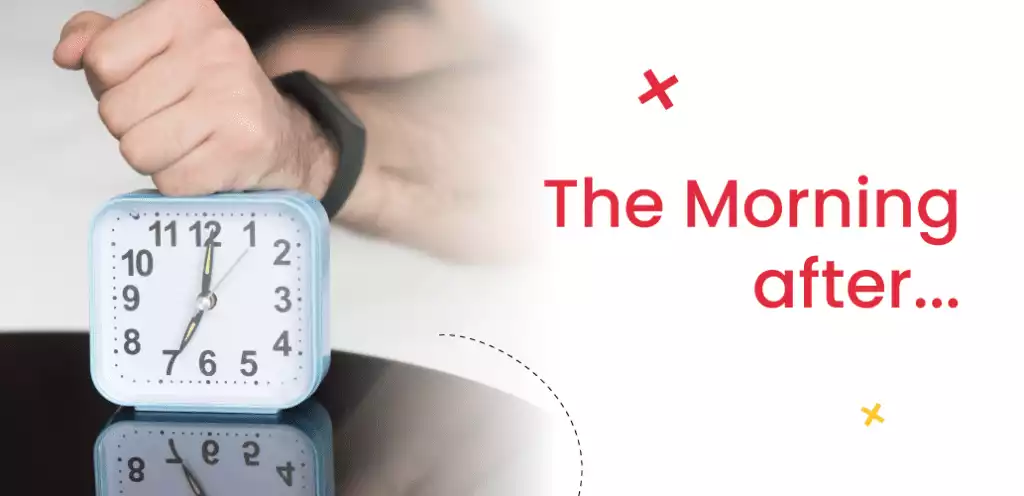Anyone who ever even considered travelling, has heard of Airbnb and may have also used their facilities – their app in particular – multiple times. After seeing and using the app, you might’ve noticed how user friendly Airbnb is. This is because Airbnb has and continues to take user experience into account. It is the main driving force behind their app’s design. So let’s understand why Airbnb works through a psychological lens using the concepts of FLOW.
Just go with the ~FLOW~
Before we talk about Airbnb, let’s first understand what Flow means briefly. Flow and its 8 concepts were developed by positive psychologist Mihaly Csikszentmihalyi. Mihaly had always been interested in the positive aspects of human psychology. He wanted to find out which aspects of a person’s brain made life worth living and truly fulfilling. On his educational journey to fulfil his career’s purpose, Mihaly found that during a state of deep engagement with a product or activity, the Prefrontal Cortex of the brain recorded minimal activity. The Prefrontal Cortex is the part of the brain that deals with self-reflection and consciousness. Now lowered Prefrontal activity might sound potentially alarming, but I promise you it is actually a positive occurrence.
With minimal activity in the prefrontal lobe, one can surrender themselves fully to the task at hand and let go of any self-consciousness or self-criticism. This, in turn, leads to heightened levels of creativity and concentration, which results in better performance overall.
How Airbnb ~FLOWS~
Coming back to the case at hand, Airbnb’s success is because of their insane retention rate they incur through their app. And Flow plays a big role in this.
Let’s see how the 8 elements of Flow shape the user experience of the AirBnB app:
Element 1
Clarity of goals and immediate feedback~
Airbnb makes it really simple to understand what a consumer needs to do in order to achieve “their goal” i.e to live locally. The start page itself guides me to the search bar, underneath which are other fields which will help the user live their authentic fantasy – be it “Islands” “Tiny houses” or “Tree houses”, they provide a complete 360 in every kind of accommodation possible. The latest update- called the biggest change in the last decade pushes it’s users to discover the most authentic and one of a kind experiences by adding categories like “Nature parks” “Castles” and many more.

Element 2
A high level of concentration on a limited field~
Airbnb provides a higher state of flow by limiting or altogether eliminating distractions.

There is no unnecessary clutter on their app that would provide for useless stimuli and distract the consumer from his/her goal. The app also provides for a clean and structured hierarchy of the content they offer. An example of their content appearing in a hierarchy would be:
- Search for accommodations
- Explore other travel types
- Finish booking a trip
- Become a host (in ten easy steps)
Element 3
Balance between skills and challenge~
The difficulty of a task has to provide the right degree of challenge to a person’s ability. A very complicated recipe will leave an aspiring chef frustrated and disappointed, a very basic recipe leads to boredom of routine. So flow occurs in the range between ‘too much’ and ‘too little’.
Airbnb does this by not making their consumers fill out unnecessary details that would bore them or cause them to lose sight of their end goal. They only ask relevant details and information. Their app also provides an option of “popular filters” that comprise the popular needs of a common traveller, so one doesn’t have to go through the arduous task of reading a long checklist, only to tick two boxes.
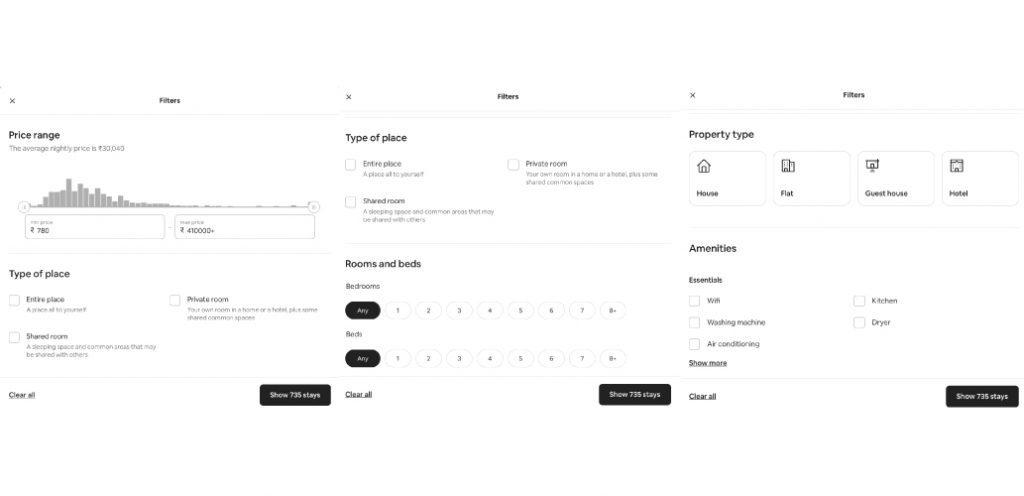
Element 4
The feeling of control~
The feeling of ‘control’ in Flow refers to the feeling of security and relaxation, which can further translate to the feeling of control over a situation and its outcomes.
When it comes to mobile apps that deal with monetary transactions, they are often followed by a feeling of caution which in turn stresses the user since they would prefer to not make any accidental payments or mistakes that would literally cost them. Airbnb could easily be one of those apps, since they not only deal with online payments, but they also deal with information and a lot of steps or processes. However, they have an extremely consumer friendly cancellation policy that allows their users to make relaxed decisions that are reversible.
Element 5
Effortlessness ~
The lack of strain on your mind allows for a harmonious experience that retains Flow.
And Airbnb achieves this effortlessness through its user interface.
Airbnb is straightforward and easy to use for even the most non native tech user. The ease with which one can use the app is extremely rewarding; it provides a sense of accomplishment for those select few who otherwise struggle to manoeuvre around new age inventions.
Element 6
An altered perception of time ~
When one is in the deep state of flow, their perception of time changes. Two hours can feel like ten minutes, or conversely, seconds can feel like hours. That is why, sometimes flow-mode is also referred to as ‘timeless’.
Users of Airbnb experience this timelessness often. Since there are a lot of activities that engage and take up one’s time, it is easy to lose track of time. In an enjoyable way, of course.
From exploring different kinds of Vacation homes- and some of these rentals are crazy- to finalising your stay- it’s easy to occupy yourself on this app. For instance, don’t these properties make you go “Omg!”?
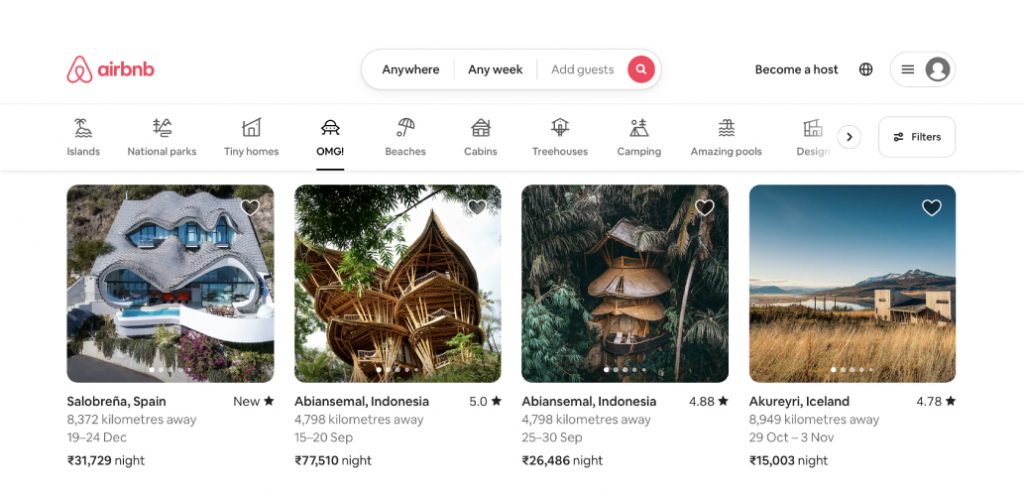
Element 7
The melting together of action and consciousness ~
Since complete involvement creates a state where there is no need for worry or self consciousness, performers become one with their performance. Airbnb creates involvement by reducing self consciousness. They reinforce the user’s choice on multiple occasions by providing reassurances in the form of statements such as “good location.” “ Friendly staff” etc. These statements boost confidence in the choice the user made.
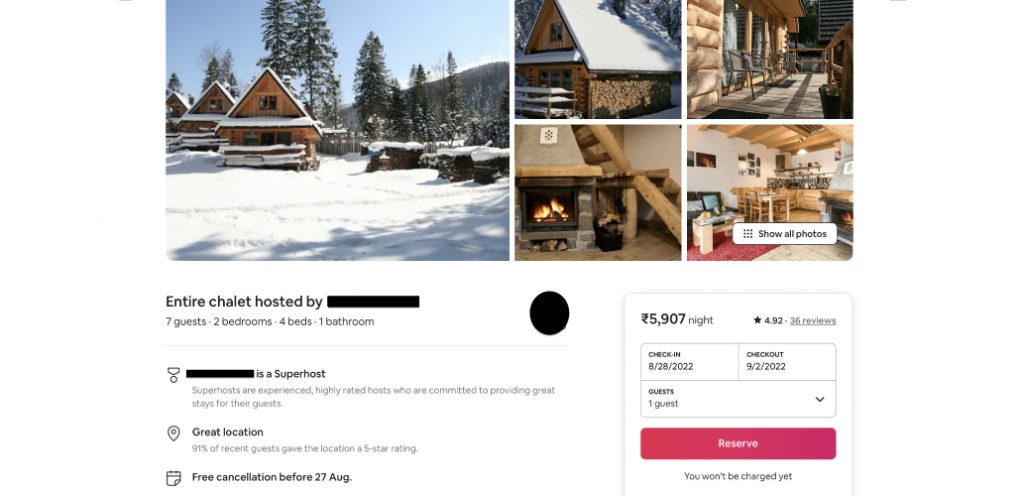
Element 8
The autotelic quality of flow-experiences ~
The word auto means self and telos means goal. The completion of a goal set by oneself for oneself is extremely rewarding. Completion of a task boosts Dopamine in the brain which is a neurotransmitter that translates to a feeling of satisfaction and happiness. At the end of your time on the Airbnb app, the user is made to feel “rewarded” since they got a good deal and completed the task of planning a ‘local’ experience.
~Final Learnings to take away from this study~
Flow is related to the engagement part of product management. It alone can not provide for an extremely wholesome experience, but its presence does elevate user experience and add on to an already good product, making a “good” experience “excellent”.


